Summary
- Hildibrand Manderville is a comedic relief character deserving inclusion in Magic: The Gathering’s Final Fantasy set.
- Noctis and his friends would fit well with the Party mechanic, enhancing the Final Fantasy 15 boy band’s synergy.
- Characters like Vivi, Mog, and Bahamut offer unique mechanics to enhance gameplay in Magic: The Gathering.
Throughout the nearly 40-year-long history of the Final Fantasy franchise, many memorable characters have appeared on-screen and worked their way into the hearts of gamers worldwide. From the original pixel sprites of the first six installments to the incredibly detailed 3D models from more recent iterations, each game features a whole new cast of entertaining friends and foes to find and fight.

Related
8 Final Fantasy Games With The Best Gameplay, Ranked
When measuring gameplay alone, these Final Fantasy games stand out among the rest even when stripped from their story and graphics.
With the announcement of a Magic: The Gathering Universes Beyond crossover set to release in June 2025, entirely composed of Final Fantasy characters and monsters, many fans have begun to theorize about who will make the jump to cardboard. Here are some deserving characters from throughout the franchise that are beloved by many and would make for great additions to the Magic: The Gathering set upon its release.
10
Hildibrand Manderville
Gentleman Of Light

Hildibrand Manderville is possibly the greatest comedic relief character in any Final Fantasy game to date. As the main NPC for several quest lines across Final Fantasy 14‘s multiple expansions. He is a ridiculous man by all accounts, constantly finding himself at the center of hijinks that could only befall the great Hildibrand Manderville, investigator extraordinaire.
As for how best to translate this titan of inquiry into the world of Magic: The Gathering, one mechanic stands out as a requirement: Investigate. This mechanic allows the player to create clue tokens, which further allows them to draw extra cards. What better mechanic for the Eorzian man of mystery and intrigue?
9
Noctis Lucis Caelum, Prompto Argentum, Ignis Scientia, & Gladiolus Amicitia
Final Fantasy 15’s Boy Band
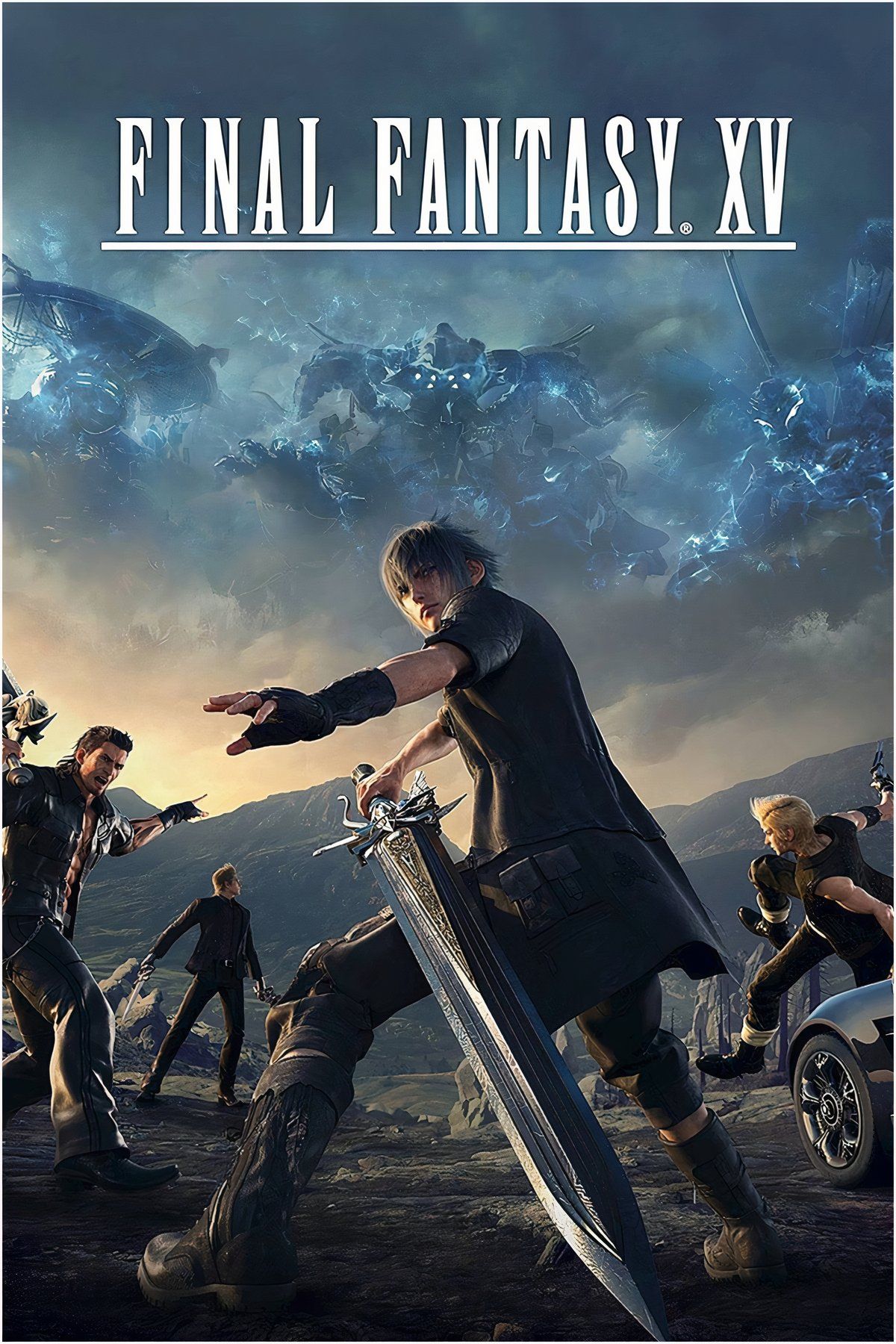
- Released
-
November 9, 2016
- ESRB
-
T for Teen: Language, Mild Blood, Partial Nudity, Violence
Final Fantasy 15 present as one entity. The game’s narrative focuses on Noctis, the prince of Lucis, and his band of friends as they make a road trip across the world in order to save the nation from the clutches of the Niflheim empire. As any player of the game will note, it is impossible to separate this lovable group, with each member providing their own strengths and weaknesses that ultimately make a powerful whole.
As such, the clearest mechanic for these four heroes would be the Party mechanic, introduced in Zendikar Rising and used predominantly in the Dungeons and Dragons-inspired sets. This mechanic permits the player to form a party of a Cleric, Warrior, Rogue, and Wizard which, when full, allows for specific bonuses stated on the cards that utilize the mechanic. Making each of these characters one of these creature types or introducing a new form of the Party mechanic makes perfect sense for these four as well as the Final Fantasy set as a whole.
8
Vivi Ornitier
The Iconic Black Mage
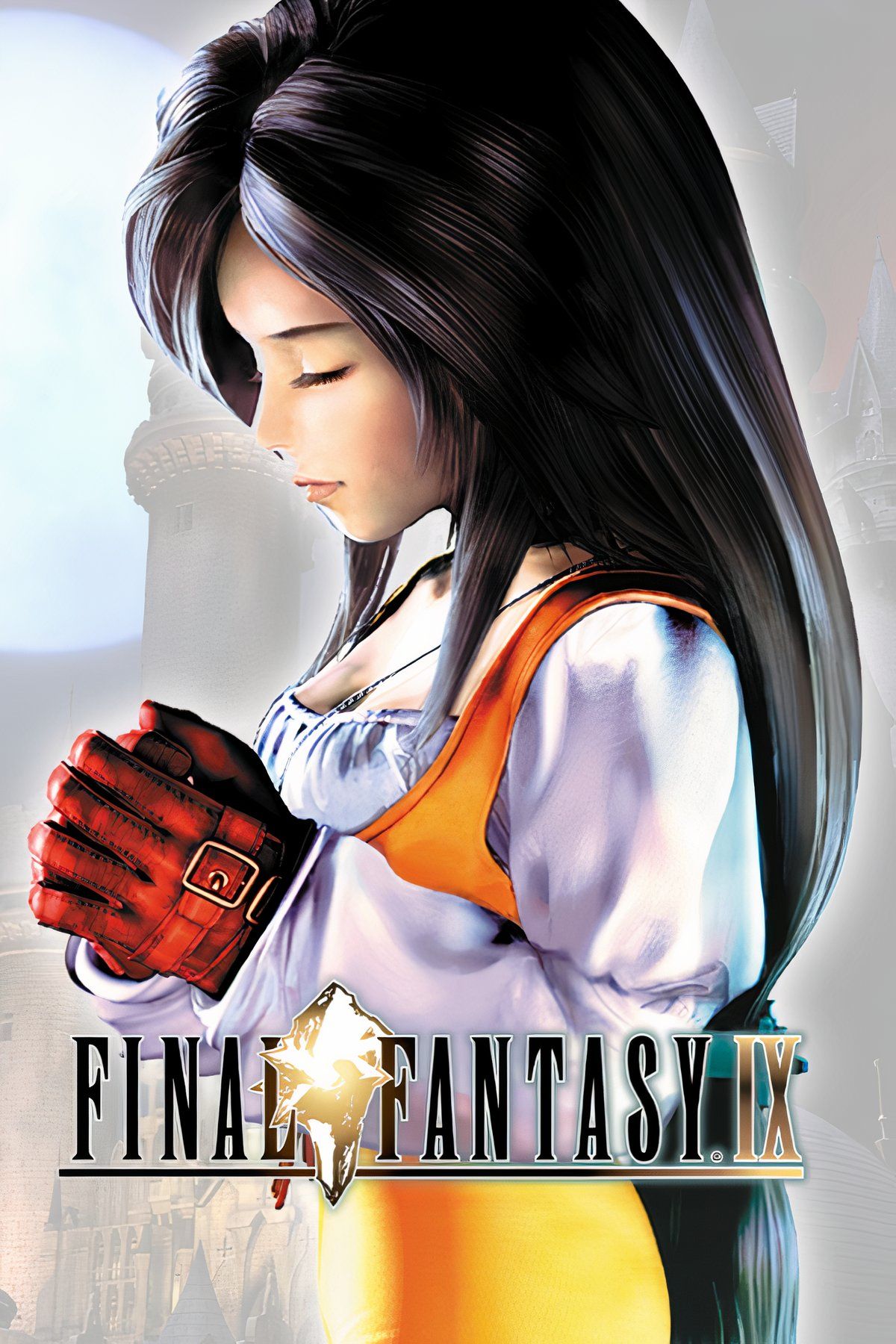
- Released
-
July 7, 2000
- ESRB
-
T for Teen: Violence, Mild Language
Even those entirely unfamiliar with Final Fantasy are likely to have seen the visage of a black mage in some other media, and Vivi from Final Fantasy 9 is the quintessential example of this character archetype. Black Mages use black magic, which allows them to cast many powerful elemental damage spells and debuff their enemies.
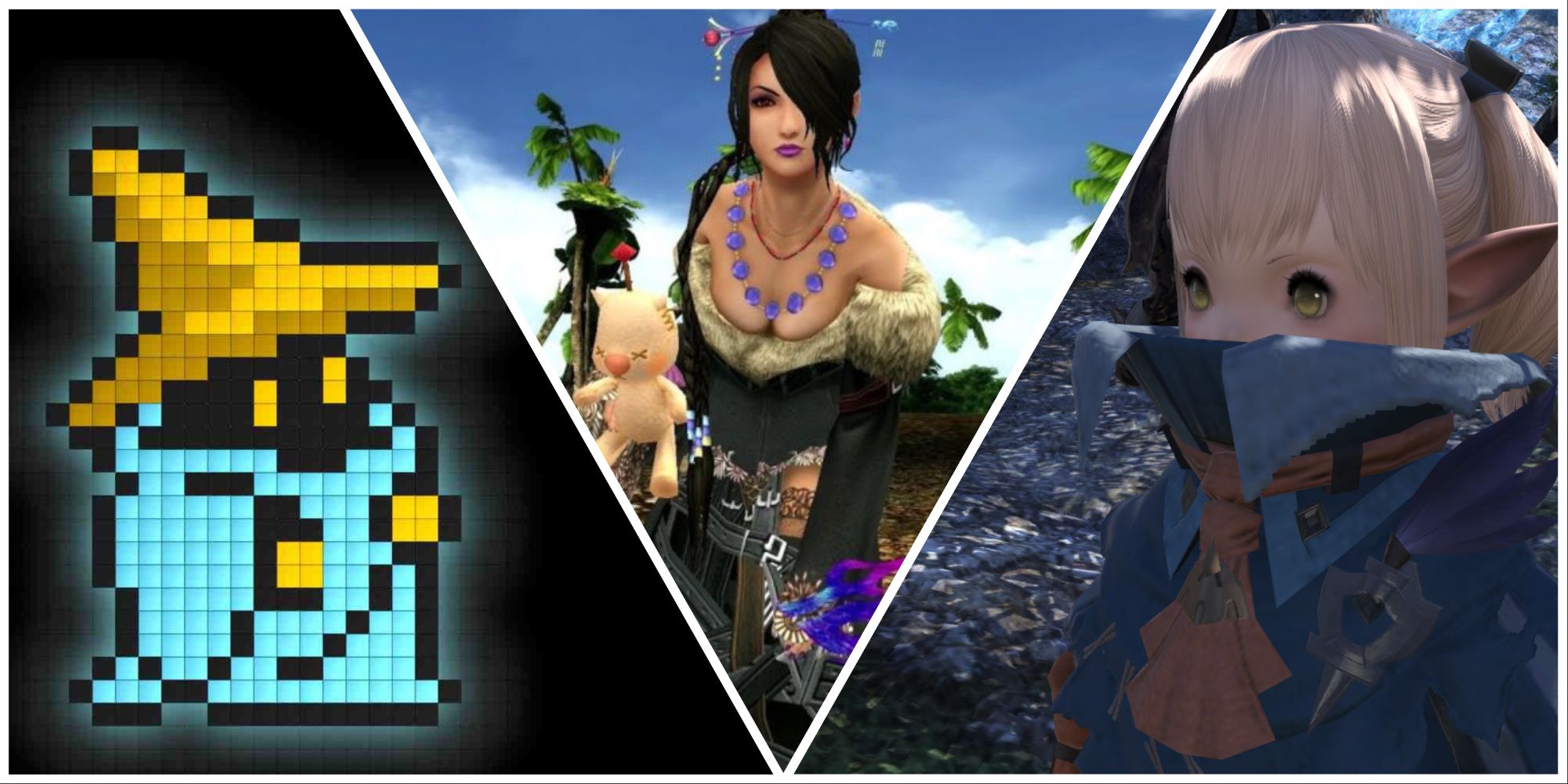
Related
Final Fantasy: The 6 Strongest Black Mages In The Games, Ranked
The Black Mage job allows characters to unleash devastating amounts of damage upon their foes.
For the tabletop, Vivi could have an effect akin to Massacre Wurm, which instantly decreases the power of enemy creatures when they enter and continuously damages targets when their creatures die. Otherwise, a repeatable effect requiring a mana cost or tap effect could be a flavorful success, mimicking how a character casts magic in the game.
7
Mog, The Moogle
A Recurring Furry Friend
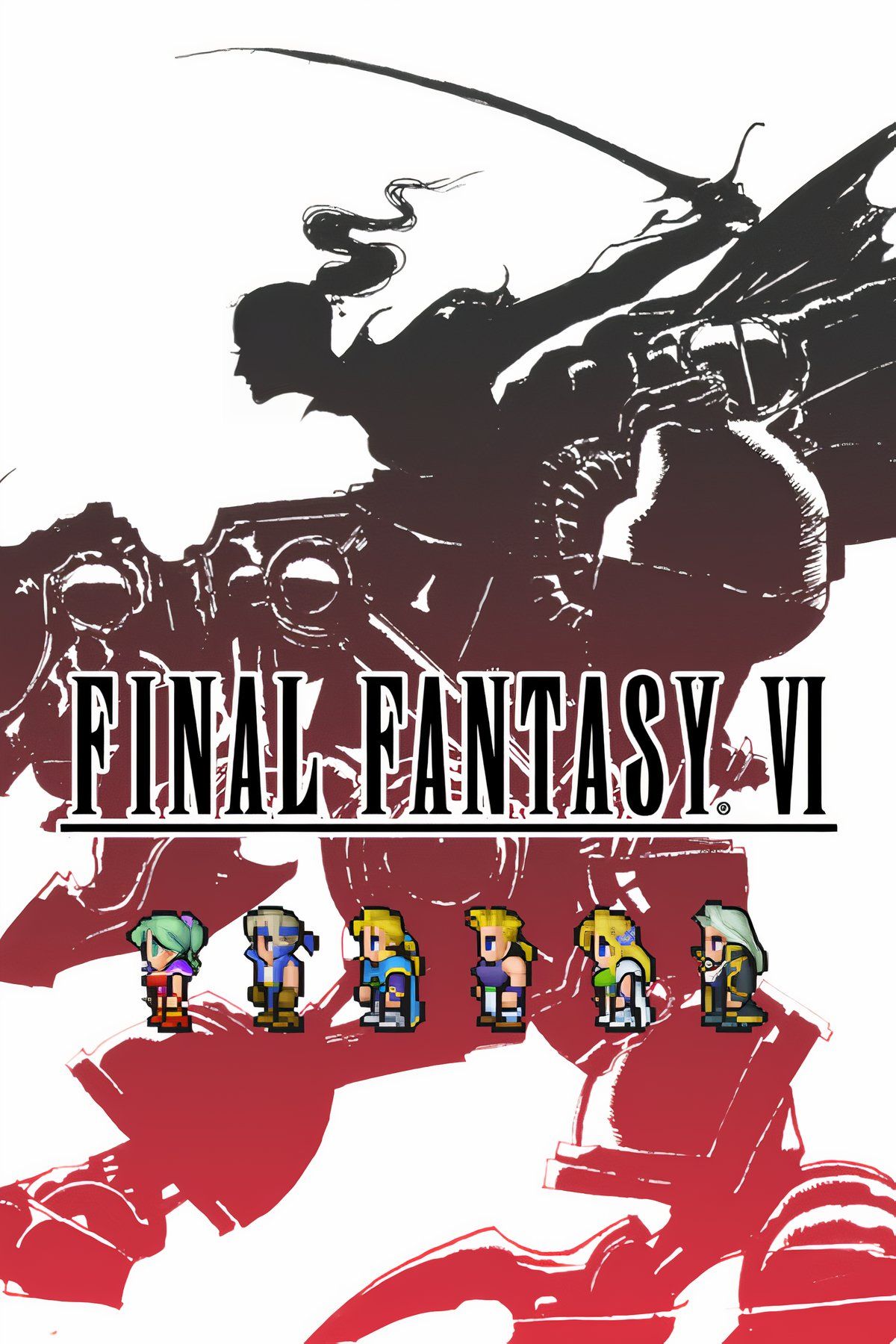
- Released
-
October 11, 1994
- ESRB
-
T For Teen Due To Fantasy Violence, Partial Nudity
Moogles are one of the most iconic species in the Final Fantasy universe, functioning as mascots akin to Chocobos and Cactuars. With Stiltzkin, the Moogle Merchant, already being revealed, it makes sense to release a card to commemorate the recurring character Mog, who first appeared in Final Fantasy 6 in 1994. Ever since, Mog has appeared several times in different forms, but the most iconic depiction is that of the spear-wielding dancer from Final Fantasy 6.
Giving Mog an anthem effect, something that directly increases the power and toughness of creatures as long as Mog is on the board, would match Mog’s dance power from Final Fantasy 6, which heals allies and damages enemies.
6
Bahamut, The Dragon King
One Of The Most Iconic Summons
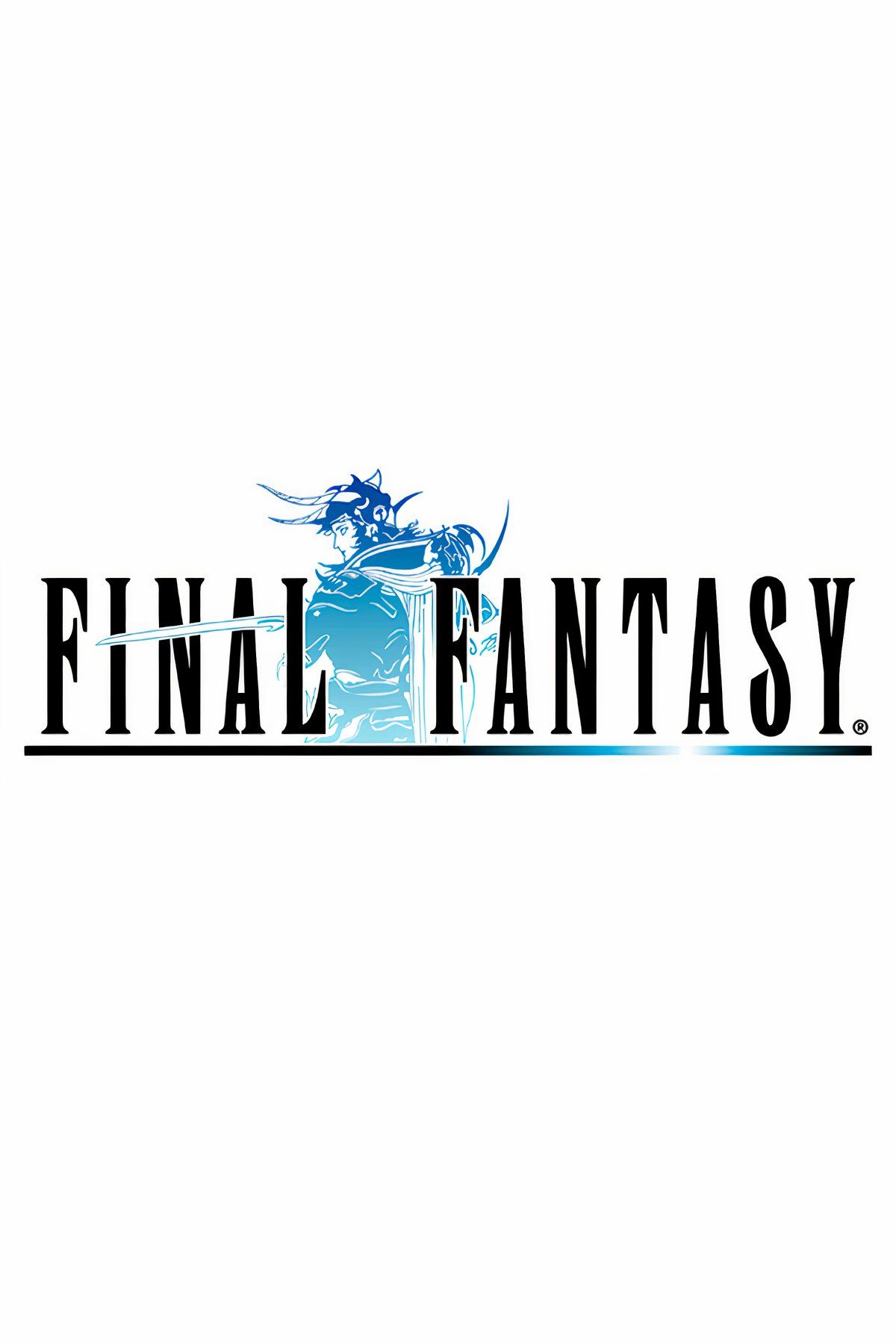
- Released
-
December 18, 1987
- ESRB
-
e
Bahamut is a name that many gamers will know, whether it be from Final Fantasy or other franchises that have featured the name of the giant dragon. It is also a creature that has appeared as a summon in many of the mainline Final Fantasy games and was responsible for the destruction of the world in the original iteration of Final Fantasy 14.
As Sin from Final Fantasy 10 has already been announced, the inclusion of any version of this series staple is a must, whether as one of the new Summon enchantments or a huge creature, similar to Tiamat or The Ur-Dragon. While, as a creature, it would stick around for longer, the option to have a powerful yet short-lasting effect, as a summon does, would allow Bahamut to fulfill its identity as a summon perfectly.
5
Biggs And Wedge
Long-Running Comedic Relief
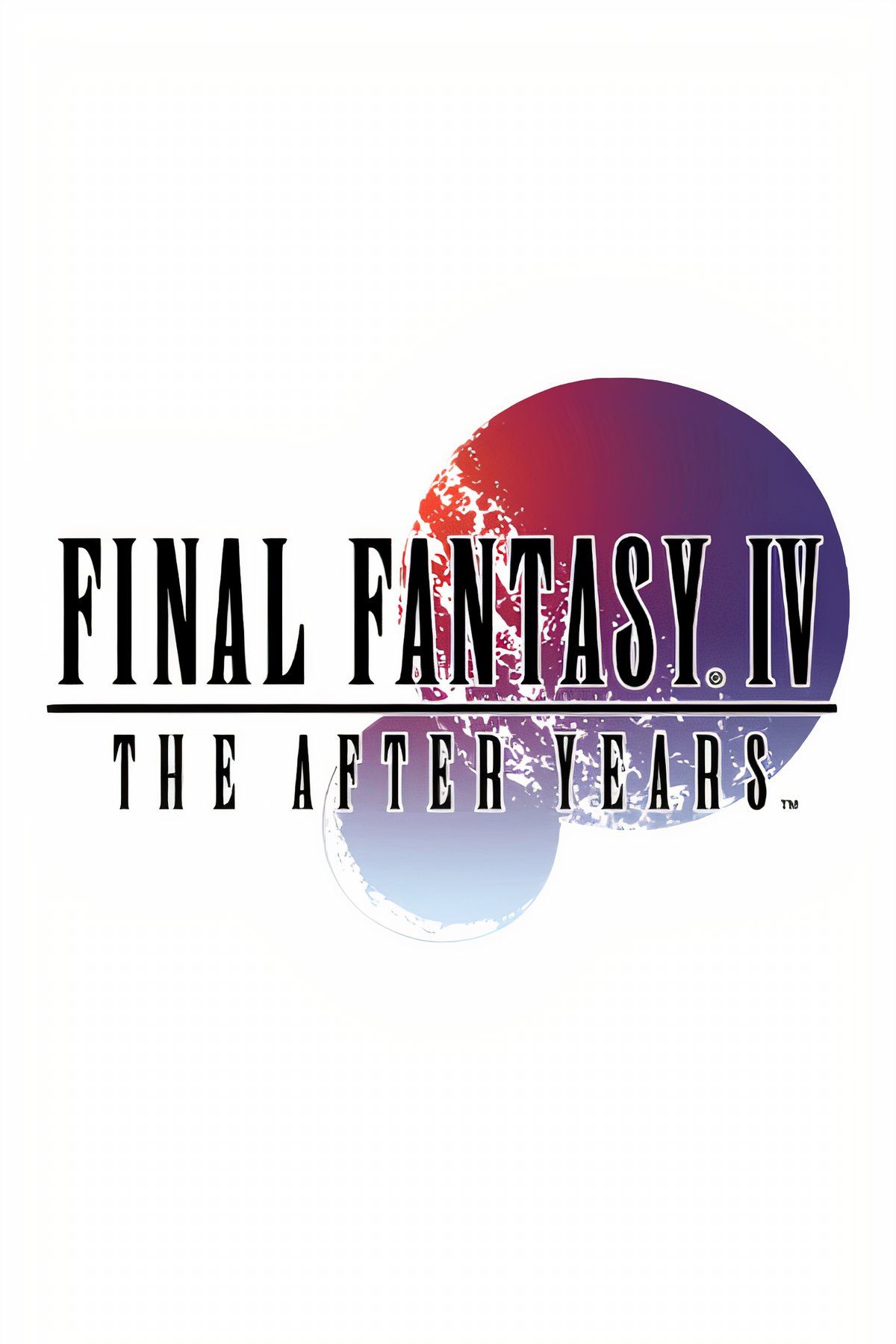
Final Fantasy 4: The After Years
- Released
-
June 1, 2009
- ESRB
-
e
Biggs and Wedge are yet another recurring series staple, having appeared in almost every Final Fantasy game as well as several non-series titles. Similar to Hildibrand, Biggs and Wedge are often seen as comic-relief characters, always appearing as a somewhat incompetent duo of soldiers. Their designs in Final Fantasy 14 perfectly characterize the beloved duo with their ridiculous size difference. However, each appearance they make is memorable.
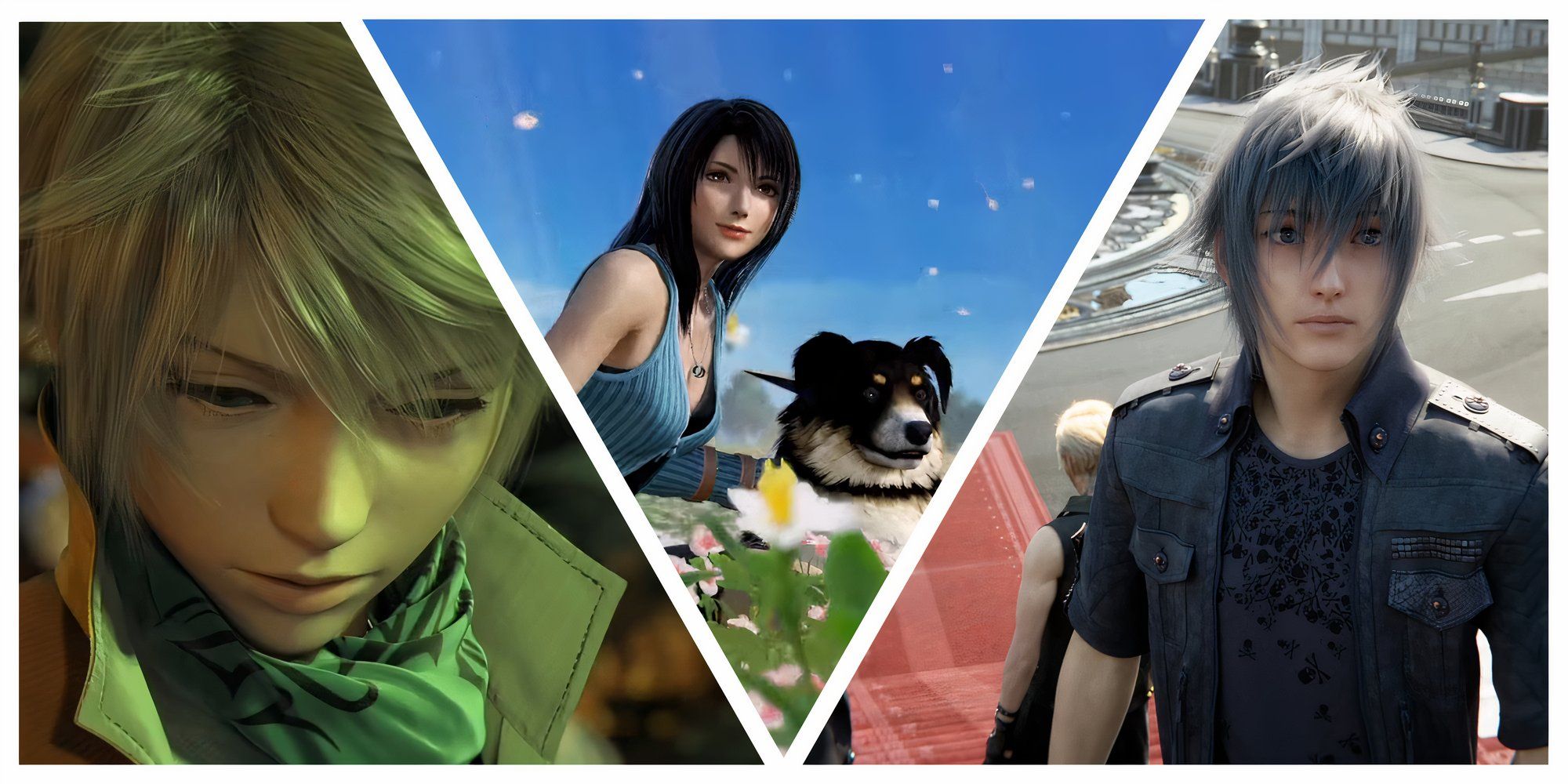
Related
Final Fantasy: 6 Most Polarizing Characters
The Final Fantasy series tends to offer something for everyone, but fans of the series either love or hate these characters.
In terms of Magic: The Gathering mechanics for these two, making them either a team-up card, akin to Minsc and Boo from Baldur’s Gate, or two separate cards with the Partner mechanic would both be suitable treatments. As Partners, the two would be able to simultaneously helm a Commander deck, which would make them a unique option within the ever-expanding list of singular legendary creatures of the Final Fantasy set.
4
Cid
Everyone’s Favorite Mechanic
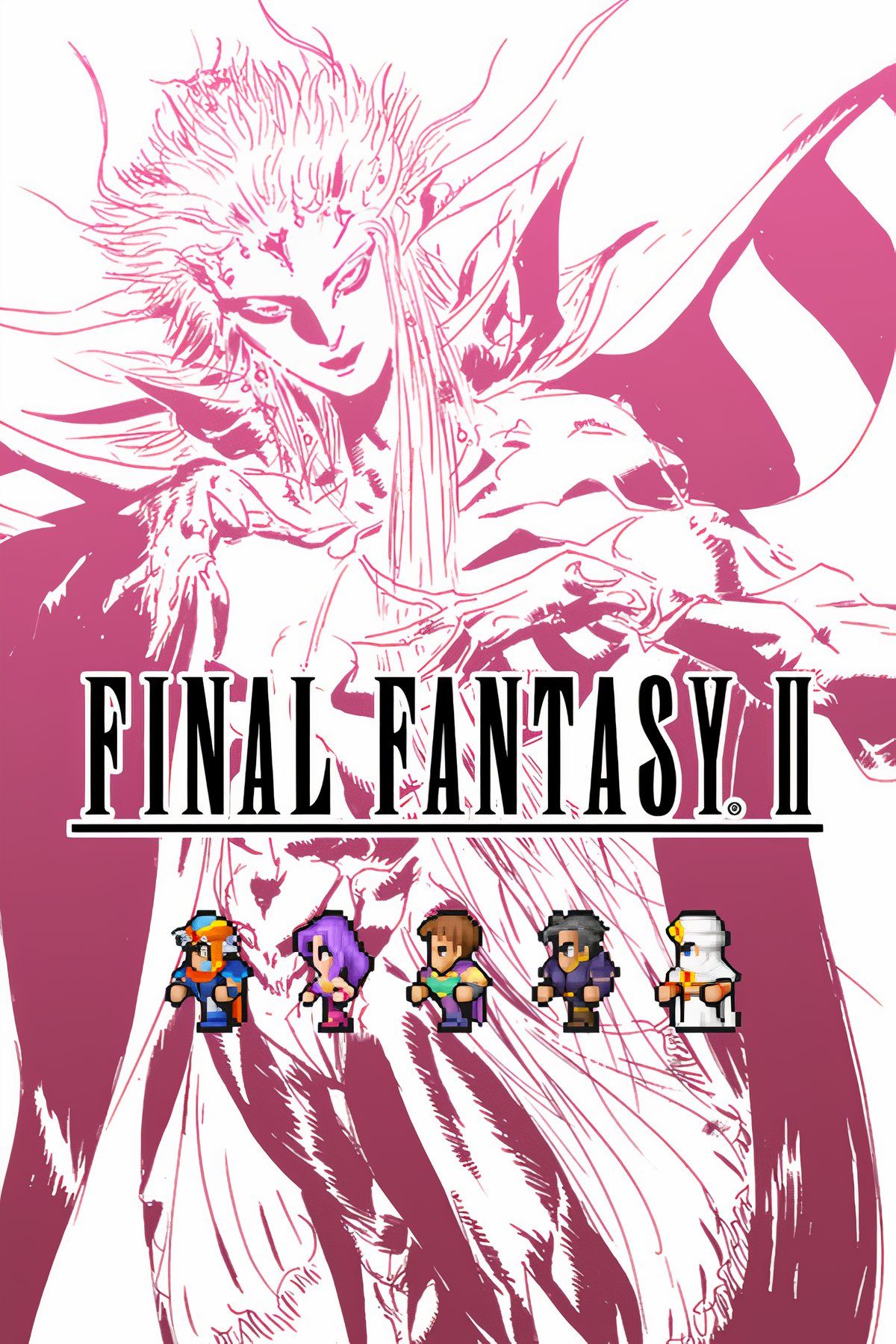
- Released
-
December 17, 1988
- ESRB
-
t
Cid is a magitek mechanic who appears or is mentioned in almost every single Final Fantasy game in the series. As such, Wizards of the Coast has a plethora of appearances to choose from, from his first appearance as an airship taxi driver in Final Fantasy 2 to the gender-swapped Cindy of Final Fantasy 15.
Making Cid an artificer is a no-brainer, perhaps having an ability akin to Fabricate, which creates mechanical Thopter tokens upon the creature’s entrance to the battlefield. Wizards of the Coast could also cash in on the love for each version of Cid by giving them the Nazgul treatment, allowing players to run as many copies of Cid as they want in a single deck, with multiple art treatments being available for each version of the character.
3
Clive Rosfield
The Dominant Of Ifrit
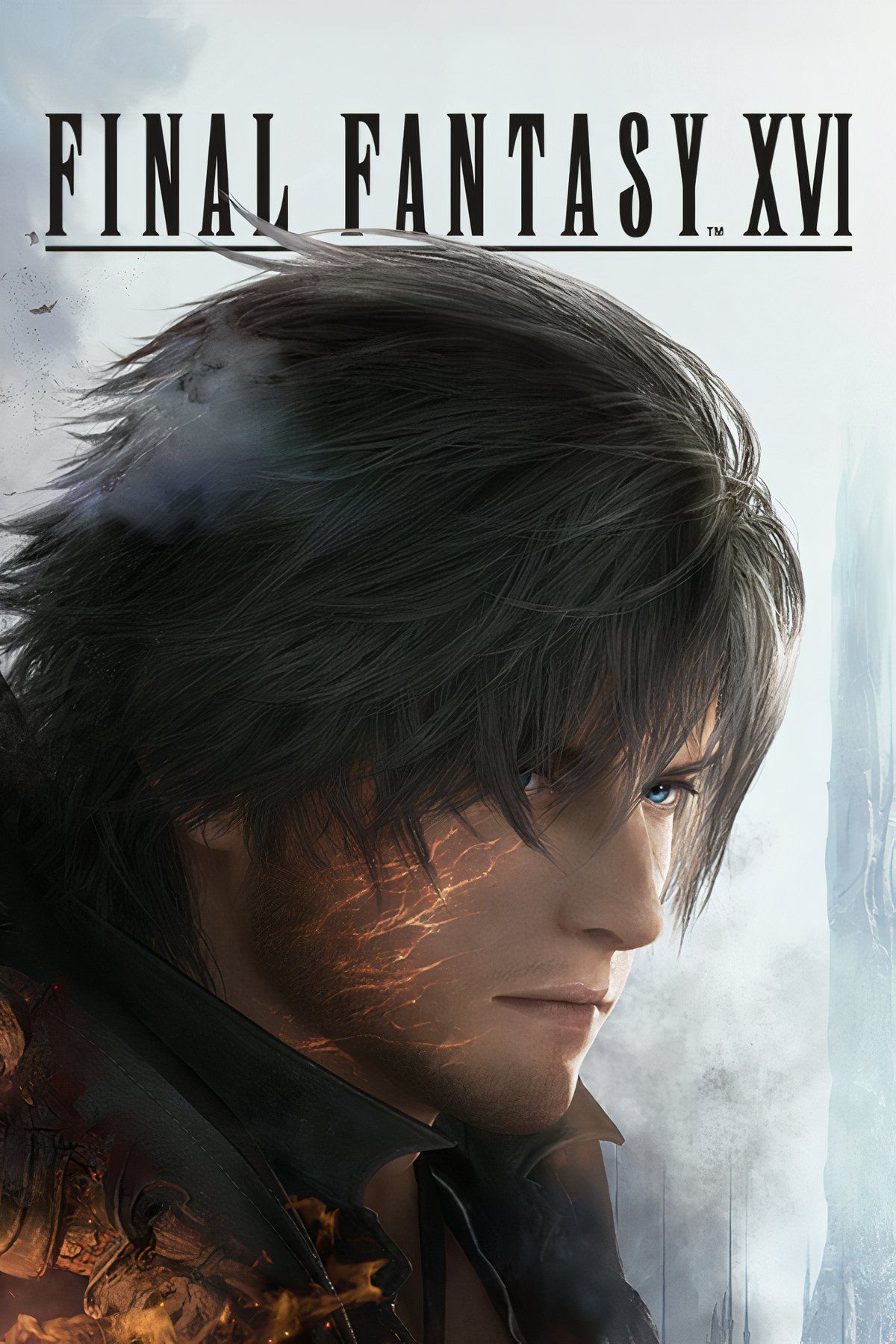
Clive Rosfield is the most recent protagonist in the mainline Final Fantasy games and would be a perfect inclusion in the set to give the more recent title some recognition. As a Dominant, Clive is able to transform into the Eikon Ifrit, engulfing the battlefield (and sometimes his enemies) in flames.
Giving Clive the ability to summon a token of Ifrit onto the battlefield or transform into Ifrit are both potential mechanics that would make him a strong contender for inclusion in a deck. With Ifrit being a surefire inclusion for the Summon treatment, linking it to Clive would be a fun and unique option to make both characters stand out from the crowd.
2
Estinien Varlineau, The Azure Dragoon
The Mightiest Hero Of Ishgard
Of the cards announced to date, there is a distinct lack of representation for one of Final Fantasy‘s signature job classes: the Dragoon. Estinien is one of the most beloved examples of a named character utilizing this class, appearing throughout the story of Final Fantasy 14 and its DLCs. With several iterations of his armor and powers, there are many versions of Estinien available to be adapted, each with its own unique spin on the Dragoon formula.
Estinien having some synergy with the dragon creature type or perhaps a leveled ability akin to the Class enchantment type would make sense for his position as a Dragoon and his growth throughout the game. Either way, the announcement of Y’shtola gives way to the release of the rest of the Scions of the Seventh Dawn, of which Estnien is one of the most popular.
1
Kefka Palazzo
From Court Mage To God Of Magic
Kefka Palazzo begins as a mild nuisance and is often played off as a somewhat incompetent yet terrifyingly unhinged court mage for the emperor of Geshtahl. By the second act of Final Fantasy 6, Kefka has killed the emperor and taken on the power of the Warring Triad, becoming the God of Magic and the final boss of the game.

Related
8 Bleakest Areas In Final Fantasy Games, Ranked
Final Fantasy games are all about saving the world from cataclysmic evils. These are the bleakest levels in the Final Fantasy franchise.
Having Kefka as a double-faced card, able to transform from a standard Wizard creature into a god with access to varying abilities on either side, is the perfect way to adapt this character from game to card. With Sin, Garland, and Sephiroth already announced, the main villain missing is Kefka, and it is highly unlikely Wizards of the Coast would miss the opportunity to print such a beloved character.
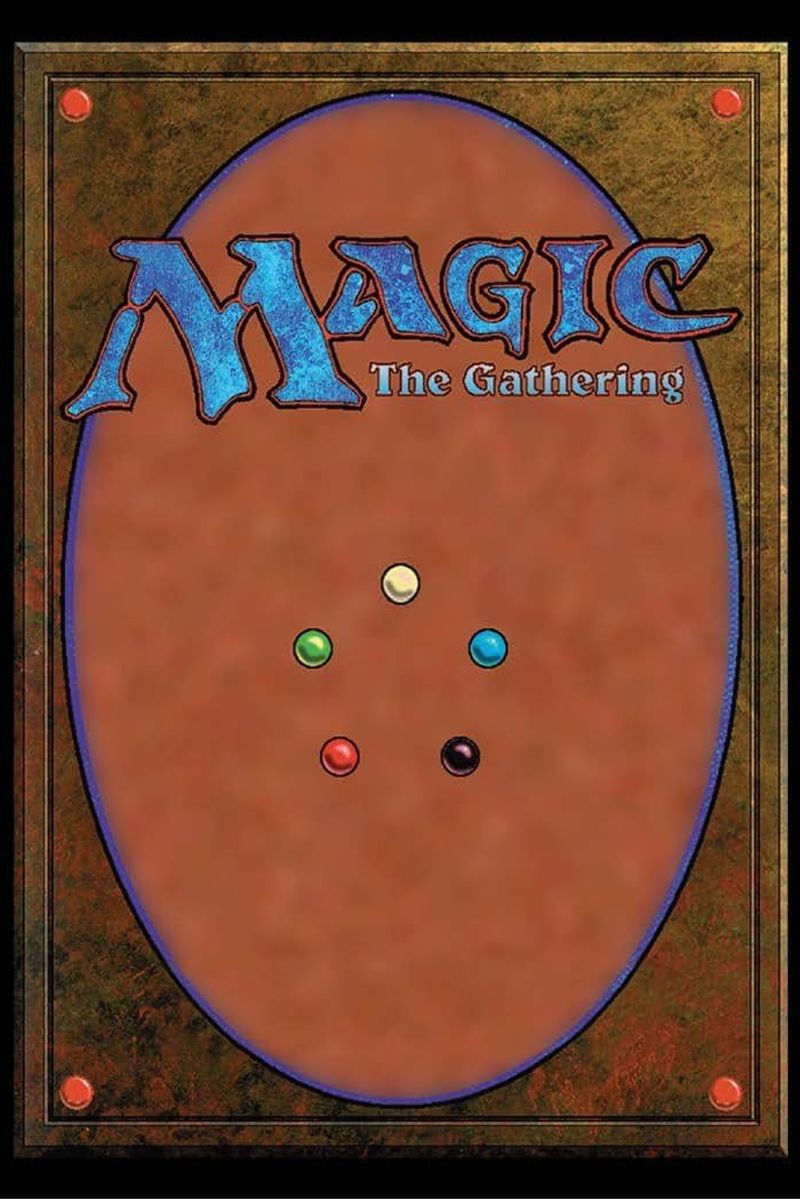
Magic: The Gathering
- Original Release Date
-
August 5, 1993
- Designer
-
Richard Garfield
- Player Count
-
2+
- Age Recommendation
-
13+
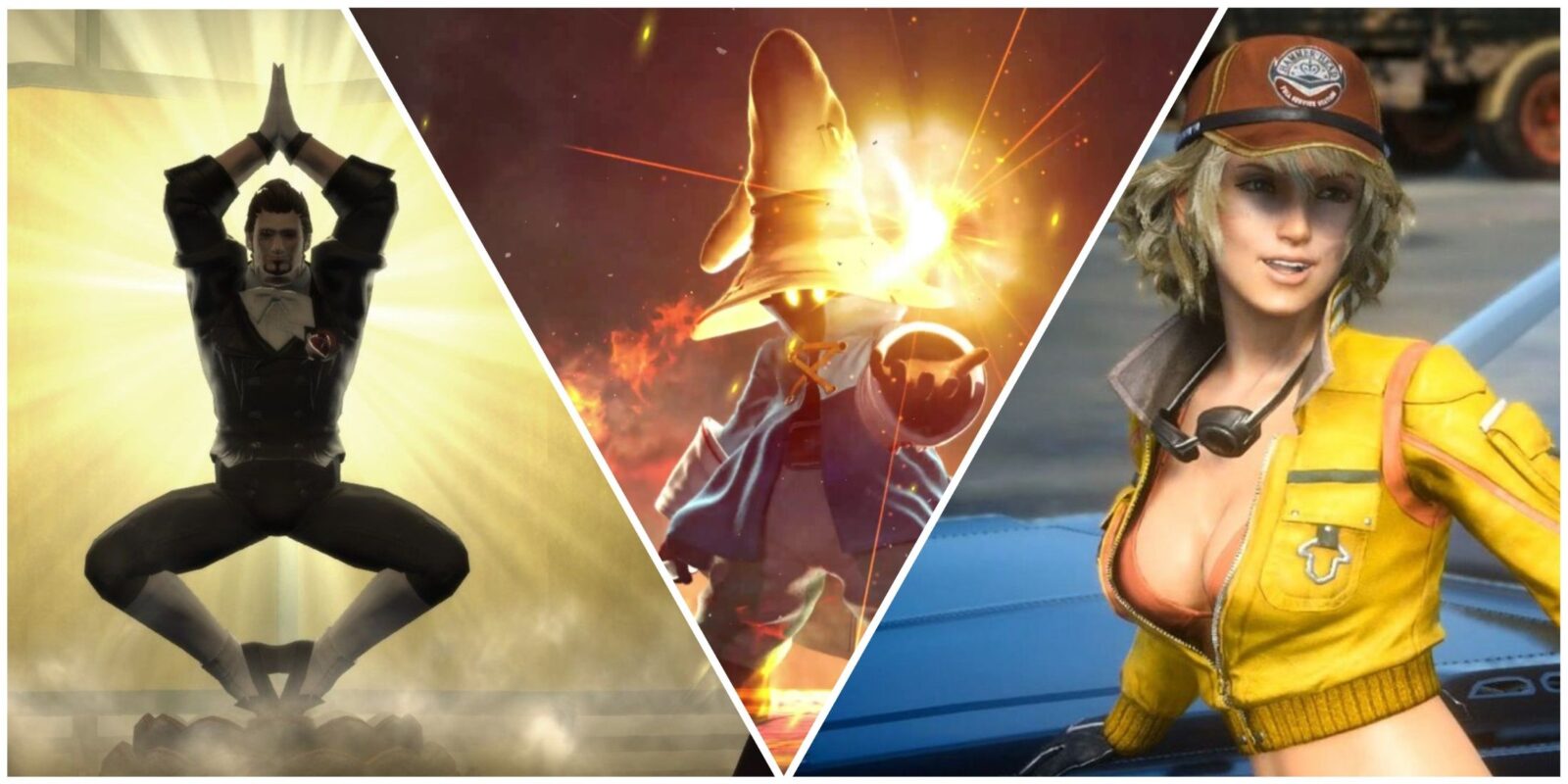
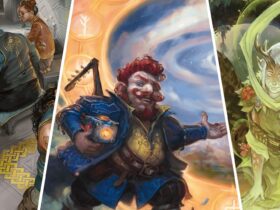


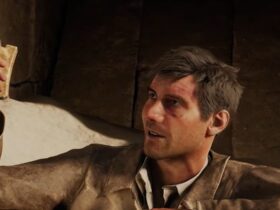
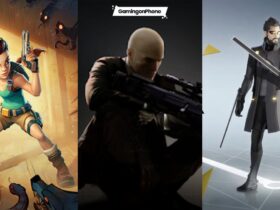

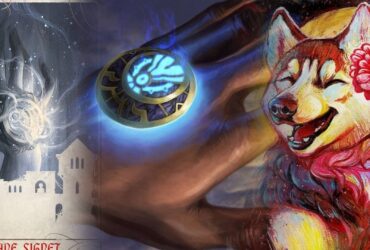
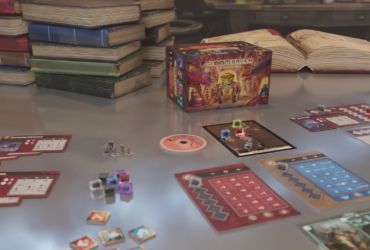
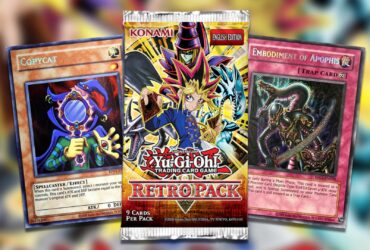

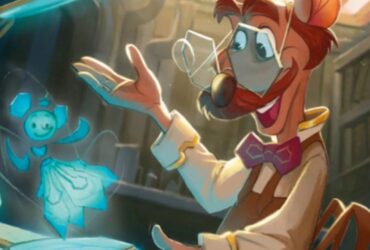
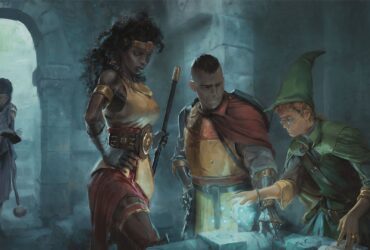
Leave a Reply